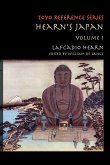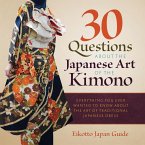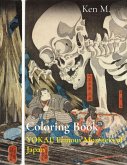"Finally the treatment these true classics deserve: thoroughly re-edited and modernized texts, with glossary, index...and beautiful layout to boot." Lafcadio Hearn (1850-1904), the son of an Irish Surgeon-Major and a Greek woman of noble lineage, who settled in Japan after a checkered career in journalism in Cincinnati and New Orleans, is still considered by many the most astute interpreter of the country and its people. In the second part of this series, we join Hearn in Matsue in Izumo province, the place to which his name has become so inextricably linked. We are introduced to his samurai dwelling (yashiki) and its three gardens with exotic flowers, birds, and insects. And we meet his fellow teachers and eager students at the two schools at which he takes up his new position of teacher, a role in which he would support his new Japanese family for the rest of his life. We join him on yet more excursions, to the neighboring province of H¿ki (Tottori), and by ferry to the Oki archipelago to visit and explore its many varied islands and communities. There, far away from 'the far-reaching influences of high-pressure civilization,' he learns more about the Japanese soul, about ghosts and goblins, and about the enigmatic Japanese smile, which seems always on display, even in the most wretched of times. Led, introduced, and informed by guides and friends, with each experience, Hearn's love for the Japanese grows, his understanding for their ways deepens. And it is this pairing of love and insight that make his Writings From a Mystical Country so compelling and enchanting-even now, more than a century after his death.
Hinweis: Dieser Artikel kann nur an eine deutsche Lieferadresse ausgeliefert werden.
Hinweis: Dieser Artikel kann nur an eine deutsche Lieferadresse ausgeliefert werden.









